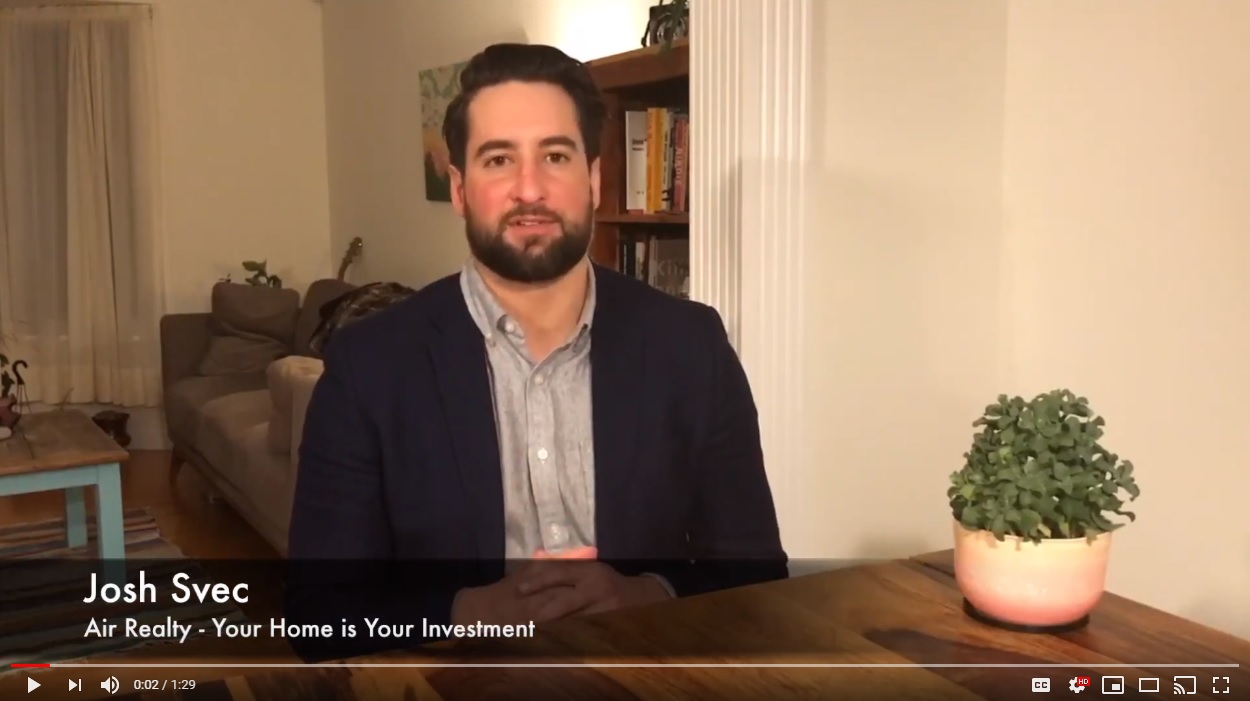5 Steps To Privately Sell Your Property and Save

When it comes to selling your house everyone wants the same thing.
We want to sell for the most money possible, as quickly as possible, with as few headaches as possible.
One way to squeeze more money out of the sale is to privately sell your property by independently listing, without a real estate agent.
The Mere Posting
Is the Mere Posting the best kept secret in real estate?
Agents don’t often advertise that it is an option to homeowners.
It is not only an option; to an experienced and prepared seller, it could lead to saving thousands in commission fees.
A mere posting allows a seller to list their property onto the MLS ® system through a real estate brokerage without a selling agent.
A mere posting allows for homeowner to be independent sellers.
You are your own listing agent.
Because you are taking on the task of listing your own property, you are saving at least half the typical commission.
Independent selling means you are willing to work with a buyer agent if they bring their buyer along to purchase your house.
That buyer agent will expect to get paid. So, although you are saving half of a typical commission, you will be paying the buyer agent the other half.
The buyer agent earns their money and brings with them a lot of advantages such as the regulated real estate forms, moving the transaction along, and providing the protection of their real estate board.
What is The MLS and Why Do I Need To Be On It?
MLS is a cooperative selling system operate and promoted by local real estate boards. Real estate agents participate to send their listings to the MLS system. There a number of set rules that the real estate agents need to follow including a certain level of accuracy of information and cooperating among the agents for the purchase and sale of real estate.
The MLS system allows members to share their inventory with one another, all for the purpose of better serving the consumer.
The MLS system is essentially a warehouse of property listing data.
Consumers do not have access to the MLS – it is a cooperative selling service for real estate agents only. Listing data is provided by the brokerage/broker and shared with industry members.
The MLS system feeds thousands of public sites, such as REALTOR.ca, which gets your property seen by buyers.
If you want exposure, you need to be on the MLS.
So, what do you need to get your property listed and sold?
I break down the 5 steps below.
Step 1. Gather Your Property Information
You will need to make sure you have some specific details on your property for the listing cut.
Some details are necessary, and the property will not be able to be posted on the MLS without those items included.
The details you absolutely need are:
Your property’s zoning (residential, R2, R3 etc.)
Lot Size
Building Age
Room Measurements
Property attributes: Heating source, flooring, exterior finish, land features etc.
If your house has been listed in the past try to track down the old listing cut. This will help you cut down time on all the little details needed.
If you can not find an old listing cut check to see if you did an inspection when you purchased the property. The inspection report could have a lot of info in it you can use for the listing.
Step 2. Write A Killer Property Description
Take your time and write a killer property description. You want to highlight all the great features about the house, AND what it is like to live in the area.
You want to get the buyers attention.
Start off with a captivating opening statement. For example, “Bright and spacious starter home with ocean views.”
In the body of the description, tell the buyer a story about what it is like living in the home. Include the area amenities and any recent upgrades.
Your description can include:
Number of bedrooms and bathrooms
Square footage
Location details – neighbourhood, schools, water frontage etc.
Garage info
Inclusions – pool, patio, fireplace etc.
Recent upgrades or repairs – windows, roof shingles, appliances etc.
Unique characteristics – 3 mins walk to ocean, tennis court etc.
Highlight the best features of your property with descriptions.
Put yourself in the buyer’s shoes, what would they want to hear about your property? What should they know about your property? For example, if you are selling a starter home, possibly a 2 bedrooms 1 bath, you would not be advertising for a family trying to upgrade to more space.
Direct your property description towards your audience.
Step 3. Take Beautiful Photos
I am a huge believer that if your listing has bad quality photos, no one is going to show up for a showing.
Photos are your first chance to really showcase your property to a buyer. Buyers are very active online. They will be flipping through property photos of houses for sale in your neighbourhood all day until they have seen it all.
Your property needs to stand out.
If you do not have a fancy DSL or camera do not worry. Use your smartphone. Our modern phones are equipped with unreal cameras.
You do not need any fancy equipment to get awesome photos for your listing.
The MLS allows for up to 31 photos to be submitted for your listing, make them all count!
Step 4. Be Organized For Showings
Getting a request for showings is an exciting step! It means all your hard work on the listing is paying off.
When the calls / emails start rolling in for showings you need to stay organized.
I recommend using Google Calendar to schedule the showings appropriately. You can set reminders and notifications to keep everything on track.
Whatever system you use just make sure you keep everything organized and keep track of who is coming through your door. A list of names and emails will help you follow up with the buyers if you make any changes to your property listing in the future, such as a drop in price.
Step 5. Negotiate
The initial offer you receive is not set in stone. Everything is negotiable.
From price to the length of the conditions, you have the ability to change anything you want through a counter offer.
If you are worried about your buyer not being able to acquire financing in a competitive market, have them waive that condition.
You are in control. You have the power to dictate the course of the offer. Don’t let the other side push you around.
To counter, if the buyer has an agent, communicate what you would like to change about the APS in writing, through email.
If you are dealing directly with a buyer, do the same, but make sure your lawyer is involved with the process as soon as possible.
Conclusion
Independent selling is not for everyone, but if you have bought and sold a few properties, feel confident, and have done the proper preparations, it can lead to huge savings.
This article dove into some important steps you will be taking when privately selling your property.
Make sure you do your homework.
Knowledge is savings in real estate.



